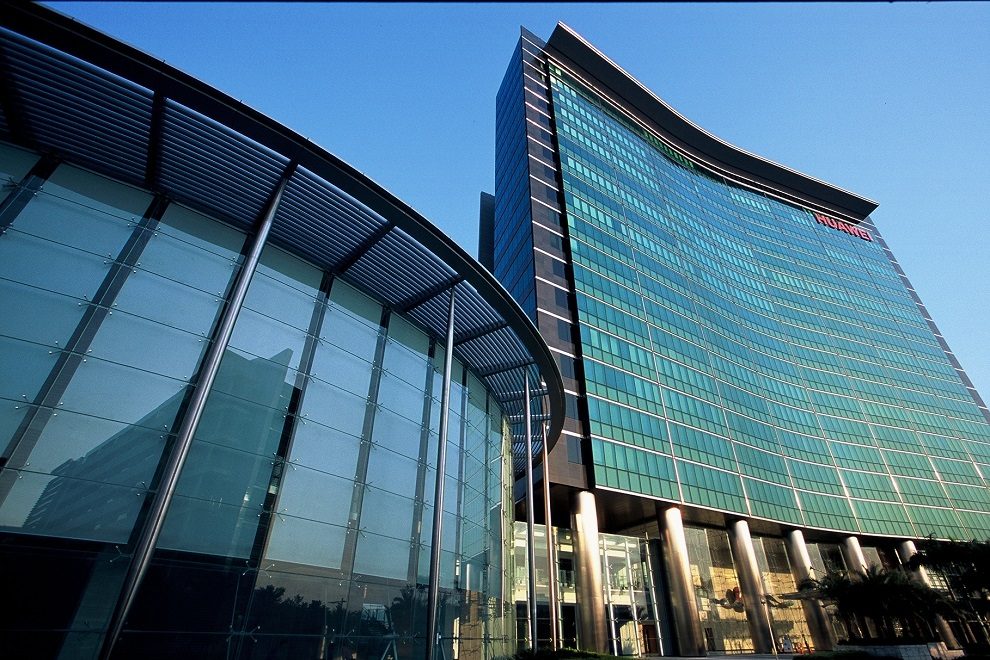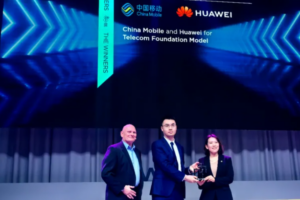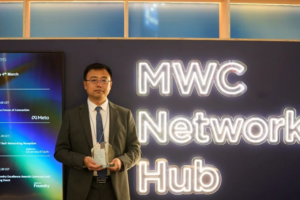- Company plans to invest USD1.5 billion in its developer program over the next five years
- A series of new developer toolkits are unveiled to enable individuals to create industry applications faster and with less programming expertise
- New solutions are also introduced to safeguard enterprises’ digital transformation
During its flagship annual conference, HUAWEI CONNECT 2020, Huawei has released several new platforms and development suites aimed at a growing base of some 1.8 million developers in the region and around the world. Huawei confirmed that it has partnered with an initial group of 72 universities to ensure a formidable foundation of future talent for IT innovation.
Senior Huawei executives focused on the convergence of five tech domains—the Internet, cloud, computing, AI, and industry applications—noting that the ability to harness these technologies is going to be the key to success in the 21st century, with developers the driving force advancing this process. In 2019, Huawei launched its own Huawei Developer Program 2.0, and over the next five years, is planning to invest USD $1.5 billion into these developers.
Zheng Yelai, President of HUAWEI CLOUD, joined by Deng Taihua, President of Huawei Computing Product Line, introduced 20 outstanding developers who are part of the Huawei Developer Program 2.0 for 2020. HUAWEI CLOUD currently offers +210 cloud services and +210 solutions to serve global customers, with 1.5 million developers around the world taking advantage of the resources it provides. There are more than 1,000 computing partners, and more than 3,000 solutions have been certified for compatibility on HUAWEI CLOUD.
Huawei believes that the key to developer success is fast deployment, promotion, and monetization of scenario-specific applications. Huawei thus offers two major platforms for distributing applications: HUAWEI CLOUD Marketplace and Huawei AppGallery. They allow applications to quickly reach potential customers and users all over the world. They also offer solid business support programs.
Traditionally, application developers create all the code from scratch. This means a developer must be an expert programmer. To enable more people to develop applications, HUAWEI CLOUD has launched a low-code development platform called ROMA AppCube to empower developers to build applications within a modular architecture, through simple drag-and-drop tools. Moreover, one of the most common problems with application development is that the programmers who write the code may actually know very little about the business, so the applications they build may need a lot of changes to accurately match business needs. ModelArts, HUAWEI CLOUD’s AI development platform, now provides +300 industry knowledge models.
To further innovate and open up its hardware, Huawei unveiled the Kunpeng motherboard 2.0. This new pattern of hardware openness helps partners innovate and deal with differentiated requirements. To strengthen application enablement, Huawei further debuted the Kunpeng BoostKit, an application enablement kit that provides open source high-performance components, acceleration software packages, and tools for mainstream scenarios. The Kunpeng DevKit will also support the full-pipeline development, ranging from code scanning and porting to compilation and performance tuning.
The company’s Ascend AI full-stack innovation aims to provide developers with a full-stack AI solution that boasts simplified development and the ultimate performance. Huawei has now taken one more step forward to launch the full-stack software platform that comprises the Compute Architecture for Neural Network (CANN) 3.0, MindSpore 1.0, MindStudio 2.0, and MindX 1.0. These four products display Huawei’s commitment to basic software innovation.
Enterprise solutions for digital transformation
As digital transformation continues to sweep across industries, government agencies and enterprises face a multitude of difficulties in implementing network security.
Huawei has thus released the HiSec 2.0 Solution, which achieves three future-proof upgrades in terms of platform architecture, threat detection and analysis, as well as security ecosystem, making it an ideal choice for overcoming the preceding challenges.
During HUAWEI CONNECT 2020, the company also announced a major upgrade to its Intelligent OptiX Network solutions. These new products include the Huawei OptiXstar S892E, which is an intelligent optical terminal designed for high-speed Wi-Fi 6 backhaul in enterprise campus, and the Huawei OptiXtrans E6600 series, which is the industry’s first optical transport platform with built-in Liquid OTN technology.
Huawei has also fully upgraded its intelligent IP network solutions, reshaped it software and hardware, while reinventing the three-layer architecture of intelligent IP networks with “super capacity, intelligent experience, and autonomous driving”.
These strategic moves reaffirm Huawei’s efforts to develop scenario-tailored solutions with partners and customers, creating new drivers for digitalization across industries.












